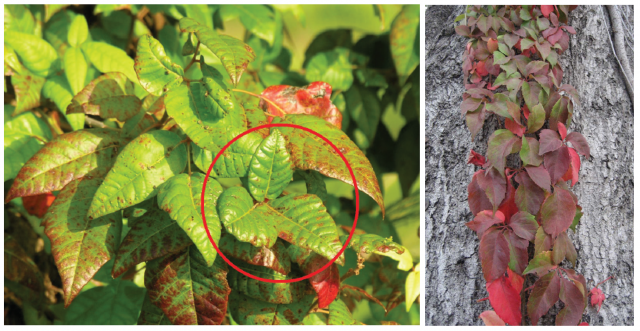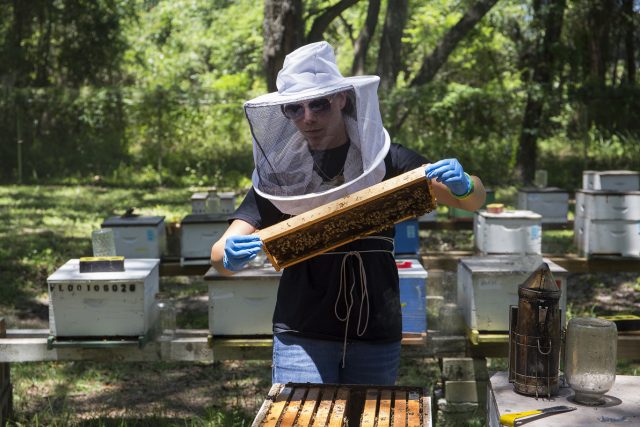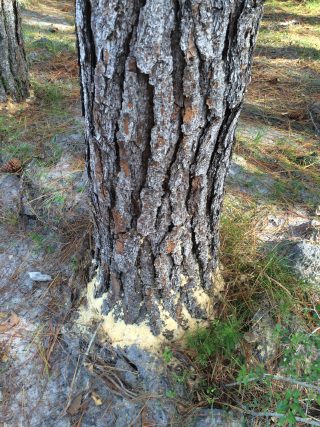
by Ray Bodrey | Feb 22, 2019
Tupelo honey season should be just around the corner. However, this year’s bloom is more difficult than ever to predict, thanks to Hurricane Michael. You’ve probably noticed strange things, like early bloom, happening to plants in your very own landscape. This kind of...

by Ray Bodrey | Aug 10, 2018
During summer and fall, a lot of us spend hours trekking through forested areas and pasture lands, either for work, if we are lucky, or by simply enjoying the great outdoors. Unfortunately, there are not-so-nice life forms that also enjoy this time of year, like...

by Ray Bodrey | Feb 23, 2018
With Tupelo season approaching in the next couple of months, February and March is a great time for closer observation and management of honey bee hives. For overall management during late winter – early spring, it’s important to continue feeding colonies,...

by Ray Bodrey | Dec 1, 2017
Questions come into the Extension Office from time to time about why sawdust is accumulating around remaining trees on recently cleared or developed tracks of forested land. The sawdust is more than likely a sign that ambrosia beetles are on the offensive. The...

by Ray Bodrey | Jun 23, 2017
A recent increase in the spread of cogongrass has landowners scrambling to find ways to stop this invasive plant. There are ways to combat cogongrass, with positive identification and persistent treatment being paramount. Cogongrass (Imperata cylindrica) is found all...






